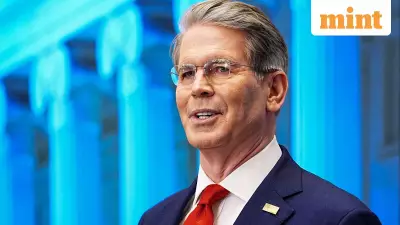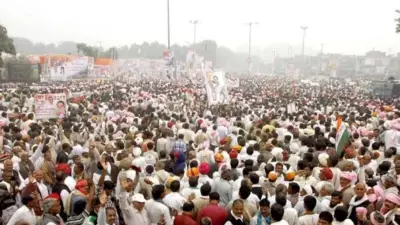
In a bold move to combat the capital's hazardous air quality, the Delhi government has joined forces with IIT Kanpur to implement artificial rain through cloud seeding - marking the first such initiative in 53 years.
A Historic Climate Intervention
This groundbreaking environmental intervention represents only the third cloud seeding attempt in Delhi's history since the first trial back in 1957. The technology, which involves injecting clouds with salts like silver iodide to trigger rainfall, could provide much-needed relief from the toxic smog that regularly blankets the city during winter months.
The Science Behind the Solution
Cloud seeding works by dispersing substances into the air that serve as cloud condensation or ice nuclei. This process accelerates the formation of rain droplets, effectively "seeding" clouds to produce precipitation that might not otherwise occur naturally.
The current initiative comes at a critical time when Delhi's Air Quality Index (AQI) frequently plunges into the "severe" category, posing serious health risks to millions of residents and prompting school closures and work-from-home advisories.
Why This Time Could Be Different
Unlike previous attempts, this cloud seeding operation benefits from advanced meteorological technology and sophisticated forecasting models developed by IIT Kanpur researchers. The institute has been conducting preliminary studies and smaller-scale trials to optimize the timing and effectiveness of the artificial rainfall.
Environmental experts are cautiously optimistic about the potential impact, noting that successful implementation could set a precedent for other pollution-choked cities across India and South Asia.
What This Means for Delhiites
- Potential temporary relief from hazardous pollution levels
- Clearing of particulate matter and pollutants from the atmosphere
- Possible improvement in visibility and respiratory conditions
- A innovative approach to addressing urban environmental crises
The success of this cloud seeding operation could revolutionize how Indian cities tackle air pollution, offering a scientific solution to what has traditionally been addressed through traffic restrictions and industrial controls alone.





